
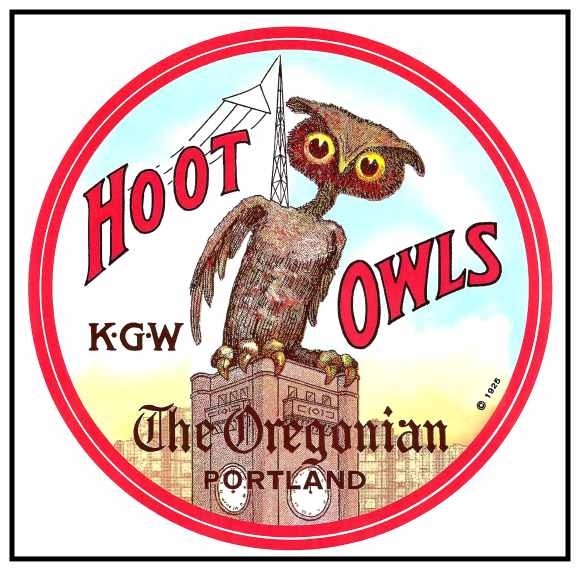
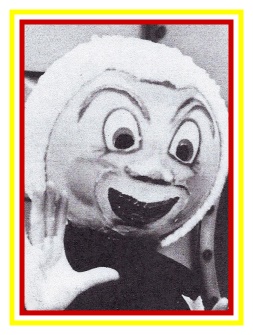


 |
 |
 |
 |
|||
 |
||||||
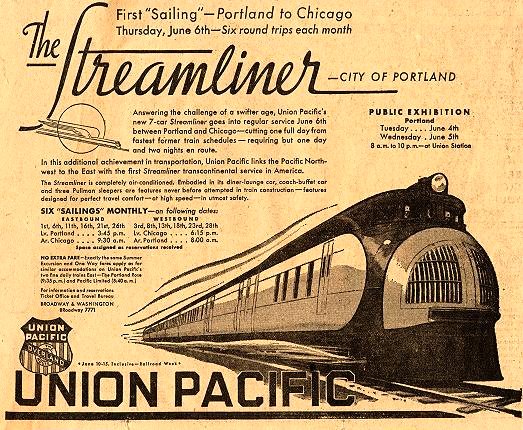 |
||
|
Newspaper ad from June 1935. |
||
|
Portland was built by railroads and streetcars. The railroads brought the people and supplies to Portland. The streetcars allowed people to live away from the city and brought them back to earn a living, buy food and clothing and take them to school, to church and to connect them with the rest of the country. They contributed more to the livability and growth of Portland than any other factor. |
|
Early settlers claimed the land that became Portland in 1843 and by 1849, the town had grown large enough to establish a Post Office. New settlers sailed up the coast from California to the Columbia River and then up the Willamette River for a short way to get to Portland. The other alternative for getting to and from Portland was to brave the elements and travel overland by wagon train. Ben Holladay, who was born in Kentucky in 1819, moved from Missouri to California in 1852 to operate 2,670 miles of stage lines. In 1861, he won a postal contract to Salt Lake City, Utah and he established the Overland Stage Route. He acquired the Pony Express in 1862. The “Stagecoach King” as he became known, added six more routes and eventually sold them to Wells Fargo in 1866 for $1.5 million. He built a transportation empire that included steamships and railroads. Railroad History in Oregon began when Ben Holladay turned his attention to building railroads and moved to Portland in 1868. Holladay started building the Oregon Central Railroad in 1869 along the Willamette River from Portland south for 20 miles. This qualified the Railroad for land grants in California, whereupon the name soon changed to the Oregon & California Railroad. After winning a federal subsidy, he was able to extend the railroad as far south as Roseburg, Oregon. After the stock market collapsed in the financial panic of 1873, Holladay lost his fortune and struggled to continue operating. It took eight years for construction to resume. In 1874, Henry Villard, who represented German bondholders, traveled to America and took control of the line in 1876 after Holladay was behind on bond interest payments. Villard resumed construction several years later. In 1887, the line was completed over the Siskiyou Summit where it connected with the Southern Pacific Railroad and they assumed control of operation of the railroad. Politics and legal wrangling delayed the actual sale to Southern Pacific until January 3, 1927. After leaving the railroad, Holladay moved back to Portland, where he began operating Oregon’s first horse-drawn streetcars along First Street in 1872. His streetcars became very popular and his operation expanded and grew, adding more lines and streetcars as well as fresh horses. Other operators and competitors began building lines to other parts of the city, making the foundation for one of America’s most successful streetcar systems. Holladay died in 1887, and two years later Portland’s first electric streetcar began operation across the Steel Bridge to the town of Albina in 1889. The last horsecar run was on June 20, 1892 when all the city’s lines were electrified. Rail service from Portland to the east opened in 1883 when the Oregon Railroad and Navigation Company, which went east of Portland along the Columbia River, connected with the Northern Pacific Railroad at Wallula Junction, which is south of Tri-Cities, Washington. A second transcontinental railroad opened in 1884 when the OR&N connected with the Oregon Short Line and the Union Pacific at Huntington, Oregon. Railroads grew in popularity and eventually they became the preferred method of travel, in the days before airplanes and busses. Northern Pacific, Union Pacific, Great Northern and Southern Pacific all served Portland with passenger and freight service. |
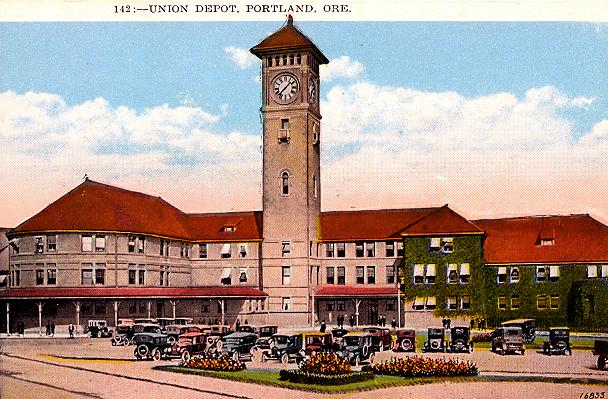 |
||
|
A magnificent Union Station stands today as a tribute to the Railroads that once called upon our fair city and helped build Portland into the thriving metropolis that it is today. |
||
|
|
Portland’s Union Depot, now known as Union Station, was built in 1893 and 1894 to house Henry Villard’s Northern Pacific Terminal Company. It served as a station for all of Portland’s incoming and outgoing trains. Henry Van Brunt of Boston designed Union Station and he also designed stations in Ogden, Omaha and Cheyenne. |
||||||||||||||||
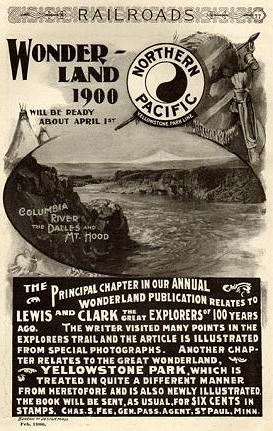 |
||||||||||||||||
|
An early advertisment for a Northern Pacific Railroad booklet which shows many of the sites along the Lewis & Clark Expedition. |
||||||||||||||||
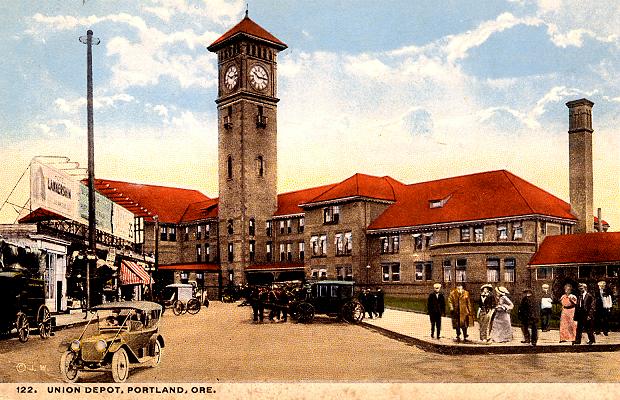 |
||||||||||||||||
|
Union Station’s busiest days began on September 10, 1922 when the Spokane, Portland & Seattle Railroad started operating all of its trains at Union Station. |
||||||||||||||||
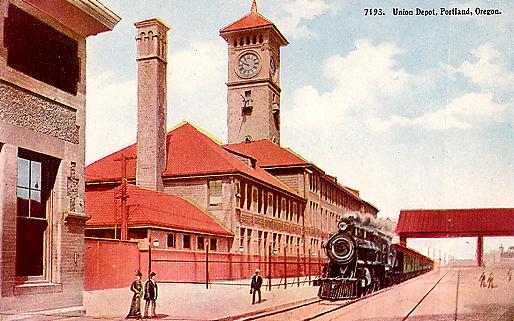 |
||||||||||||||||
|
Eastern view of Union Station where trains arrived and departed. In its heyday, a total of 92 trains called on Portland daily. There were fifty-two steam trains and thirty-eight electric trains coming or going every 11 minutes from 6:30 am to 11:30 pm. Service has dwindled to a handful of trains. |
||||||||||||||||
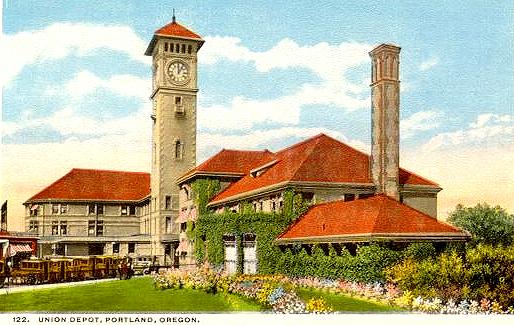 |
||||||||||||||||
|
Hotel busses waited for incoming passengers to whisk them away to their evening accomodations. |
||||||||||||||||
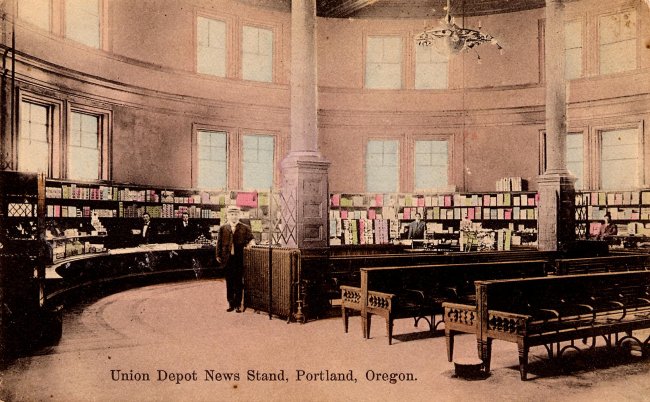 |
||||||||||||||||
|
Interior view of the News Stand at Union Station about 1910. The News Stand area is curently used for the ticket office. Note the convenience of the cuspidor at the end of the bench. |
||||||||||||||||
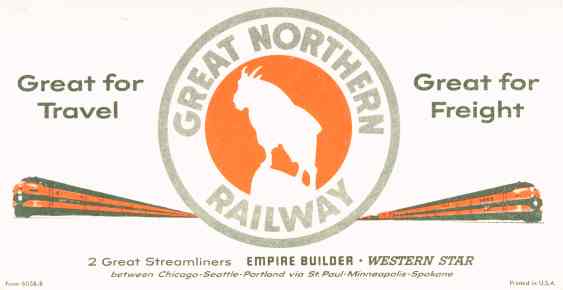 |
||||||||||||||||
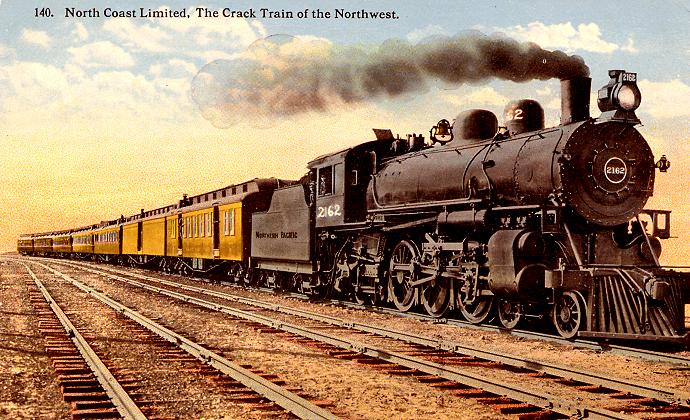 |
|
Northern Pacific’s North Coast Limited - “The Crack Train of the Northwest.” |
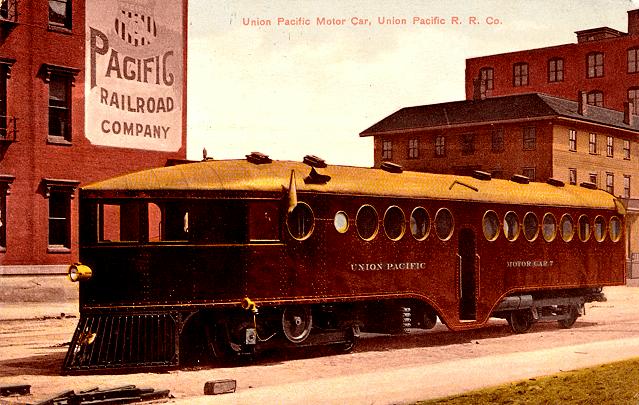 |
|||||||||
|
Union Pacific Motor Car 7. |
|||||||||
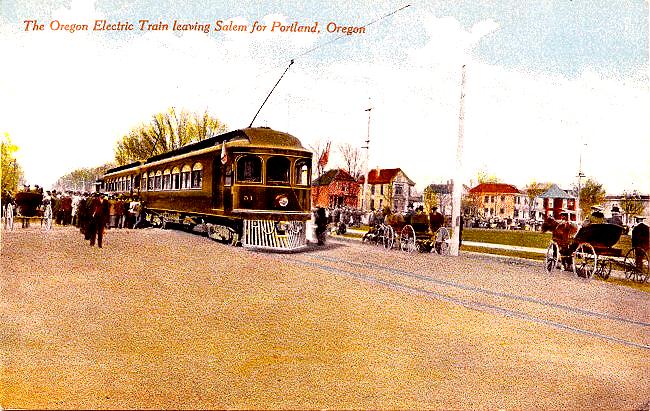 |
|||||||||
|
Early view of an Oregon Electric Train departing Salem for Portland. |
|||||||||
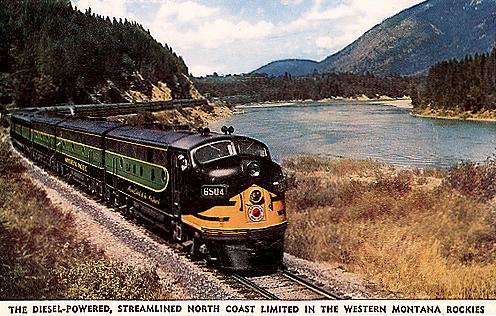 |
|||||||||
|
Northern Pacific’s North Coast Limited Diesel Streamliner. |
|||||||||
|
Over the years, the Railroads have merged and consolidated. Union Pacific absorbed Southern Pacific and continues to provide Freight Service to Portland, as does the merged Burlington Northern Santa Fe. Union Pacific has the largest fleet of diesel locomotives, serving 23 states from the Midwest to the West and Gulf Coasts on 36,000 miles of tracks. Amtrak provides passenger service to Portland. You can travel North via Seattle and East via Spokane as well as South to Los Angeles. There are three trains daily to Seattle and one goes on to Vancouver, B.C. There is one train daily to Los Angeles. |
|||||||||
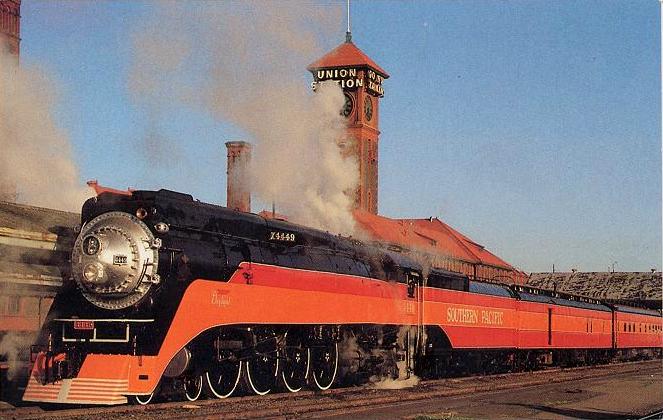 |
|
The restored Southern Pacific 4449 in its home city, Portland, Oregon, at Union Station. This train makes periodic excursions such as the run to the 1984 World’s Fair in New Orleans and it pulled the Freedom Train in 1976. |
|
The city of Portland is also home to “The Lady” the old SP&S 700 which makes an occasional run as well. Still in restoration is the Oregon Railroad & Navigation #197 which last saw service for Union Pacific. All three steam locomotives were retired in the 1950’s. They now have a new home at the Oregon Rail Heritage Center. |
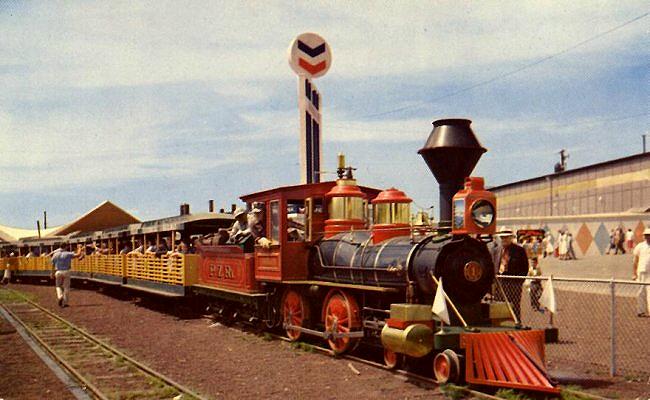 |
|
The Steamer Oregon is shown here in 1959 at the Oregon Centennial Exposition. Currently, it runs daily at the Oregon Zoo. |
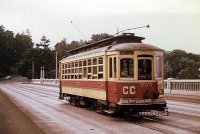 |
|||
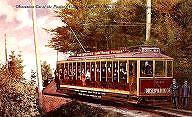 |
|||
|
|
|
|
|
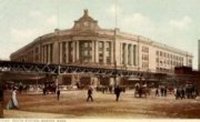 |
|
|
Last updated 10-24-16 |
|
copyright © 2017 PdxHistory.com |
| [Portland History] [Site Map] [Amusement Parks] [Historic Portland] [Department Stores] [Streetcars] [Railroads] [Train Depots] [Mt Hood] [Oregon Coast] [Post Card History] [Portland Hotels] [Portland Neighborhoods] [Getaways] [Contact Us] |